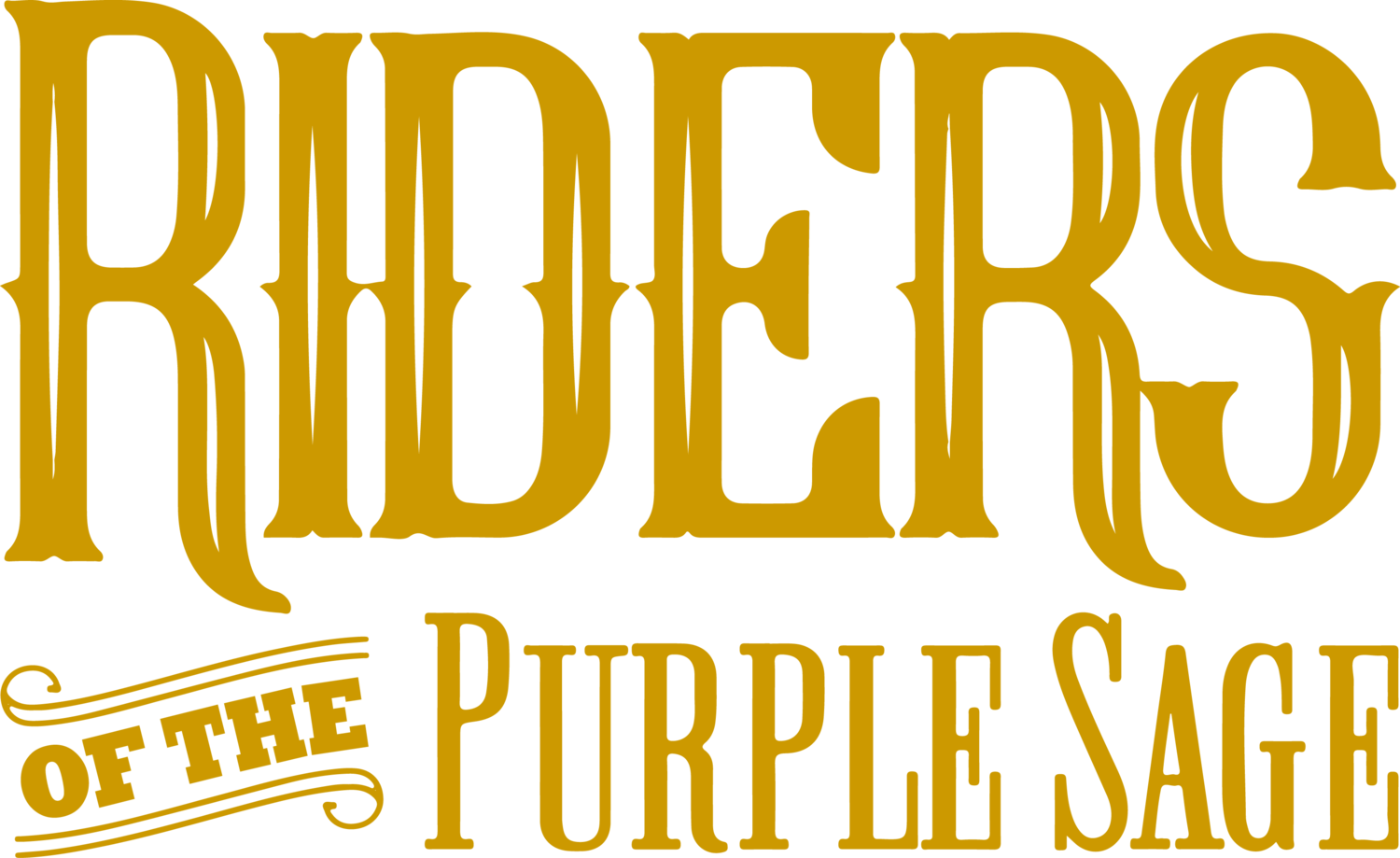“Novels by Zane Grey crystallized a set of symbols for the American West in the minds of his millions of readers. He infused the frontier myth with vivid imagery of a sublime and beautiful landscape inhabited by heroic cowboys, deadly gunmen, polygamous Mormons, and noble Indians.”
Zane Grey [1872-1939] is the best-selling Western author of all time. His work shaped perceptions of the American West and cemented the archetypes and myths of the Western genre.
Grey was famously prolific, publishing nearly ninety books in print – sixty of which are Westerns – in over twenty languages. His novels and short stories have been directly adapted into 112 films, and indirectly influenced many more genre films.
Riders of the Purple Sage, published in 1912, remains Grey's best-selling work, and earned a spot on the Library of Congress list "Books That Shaped America." According to the New York Times, Grey was a "self-made model of rugged rural virtue...billed at his death as 'the greatest selling author of all time' with his work exceeded in sales only by the 'Bible and the Boy Scout Handbook.'"
It's fitting that the Riders operatic world premiere will be produced by Arizona Opera. Grey's fondness for the Grand Canyon State – he frequently referred to it as "my beloved Arizona" – inspired the settings and characters of many of his novels. He was particularly adept at making the landscape seem a character in his stories. "Zane Grey was a literary giant," wrote Erle Stanley Gardner, creator of Perry Mason. "He had the knack of tying his characters into the land, and the land into the story. There were other Western writers who had fast and furious action, but Zane Grey was the one who could make the action not only convincing but inevitable, and somehow you got the impression that the bigness of the country generated a bigness of character."
Read more about Zane Grey's life via Zane Grey's West Society, the Town of Payson, and the Zane Grey Collections.
“Grey’s novels – however denigrated by critics as empurpled froths of ‘virgins, villains and varmints’ – were only part of the allure that fixed his name in the hearts of millions of Americans. Zane Grey was a self-made model of rugged rural virtue overimbued with what the critic Heywood Broun acidly called “the sanity, the strength and the wholesomeness” of his novels; a teetotaler opposed to the “jiggle and toddle and wiggle” of jazz-age dancing; and a staunch champion of clean outdoor living and hard work and righteous, simple codes of conduct.”



